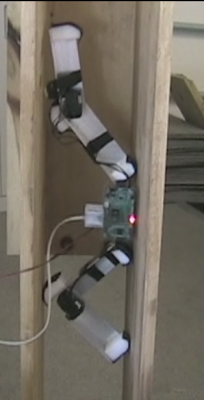There is a saying in computer programming, "It is not the number of years; it is the number of hours." I propose a revision for climbing training, "It is not the number of years; it is the number of feet."
If you want to get better, you have to climb feet (lots). If you want better power endurance, you need feet of climbing while being pumped silly. If you want to climb strong on the steep, you need climb feet of steep. If you want to climb V10, you better be able to crush feet of V9.
Every time you sit down, your climbing total is not going up. Every time you climb 10 moves of V3 and fall on the V5 move, you are getting better at climbing V3. The V5 total is the same.
Simple, ain't the same as easy.




 Pyraminds are the most common plan and a great place to start. Build a base layer, 4 V7s in the example above. Then add another layer, 3 V8s in the example above. Keeping building up to the peak, V10 in the example above.
Pyraminds are the most common plan and a great place to start. Build a base layer, 4 V7s in the example above. Then add another layer, 3 V8s in the example above. Keeping building up to the peak, V10 in the example above.

